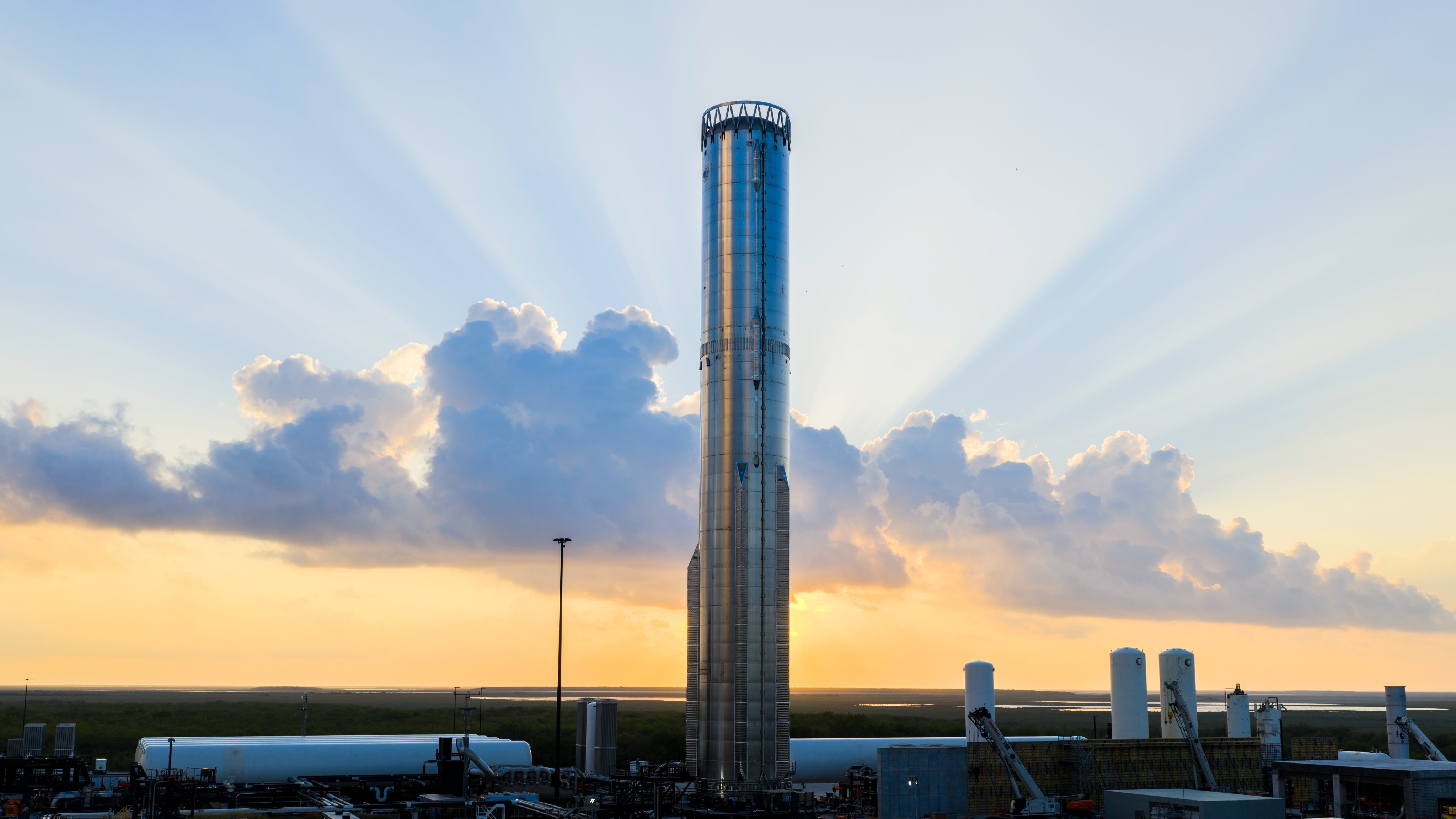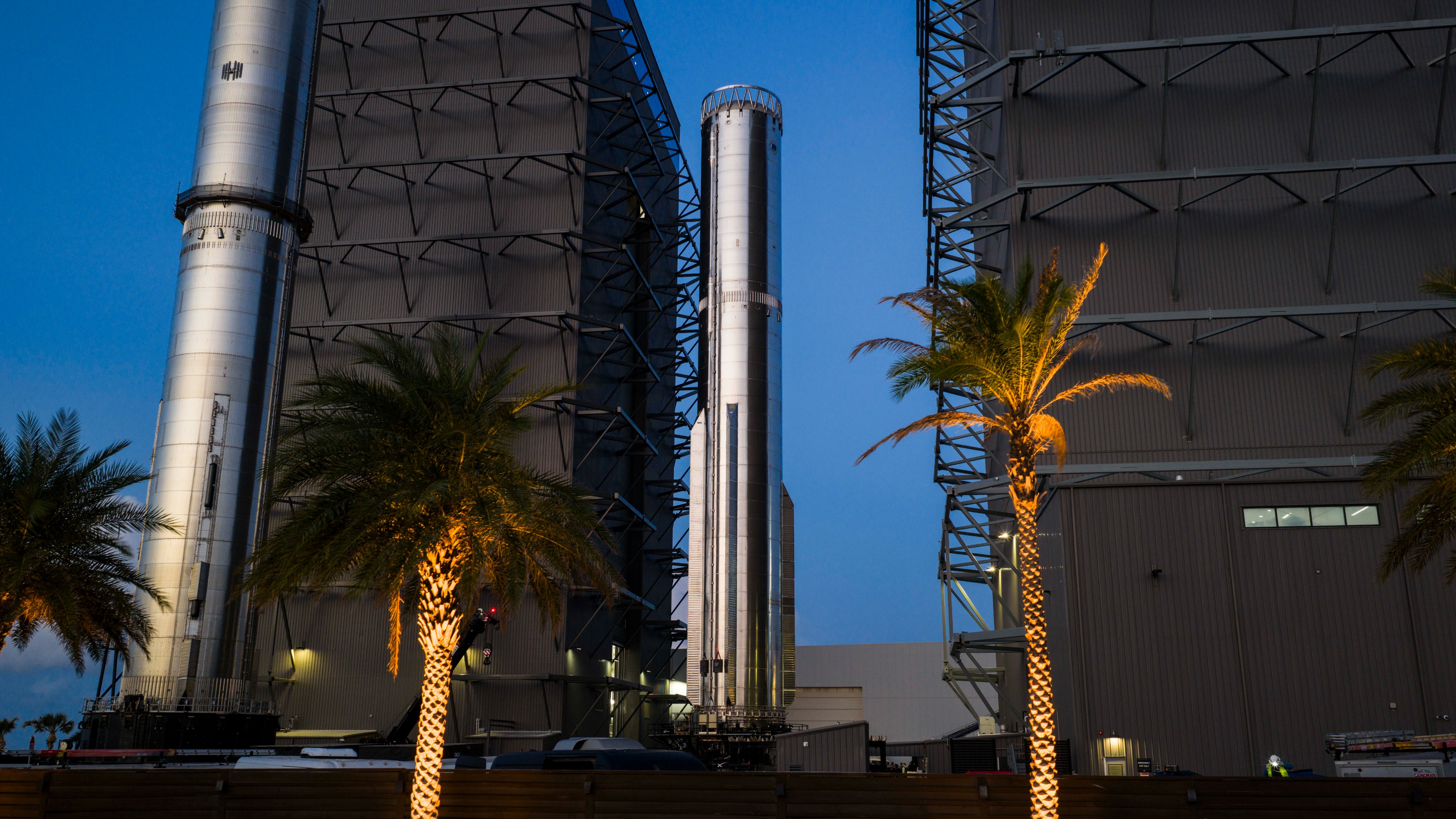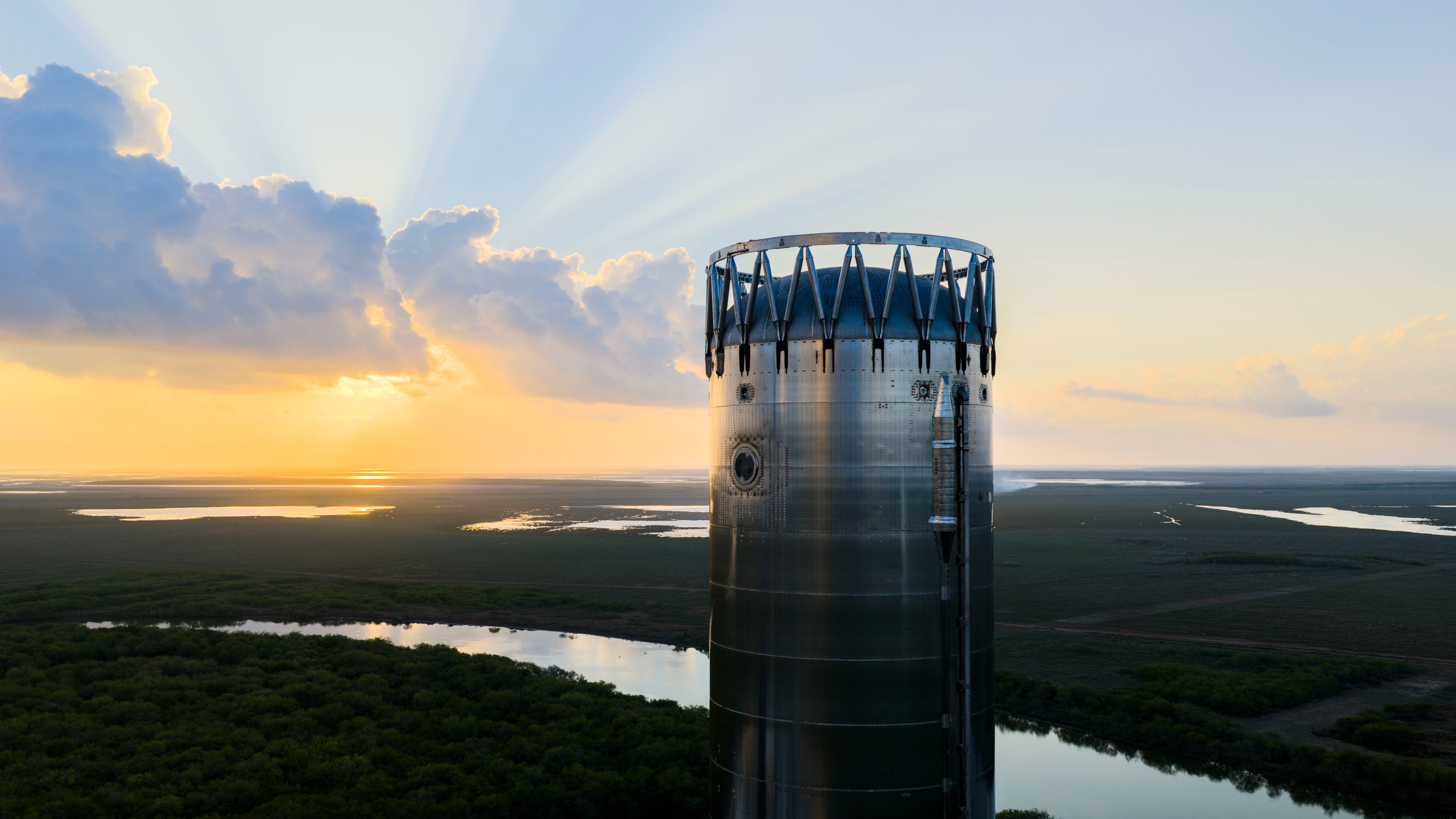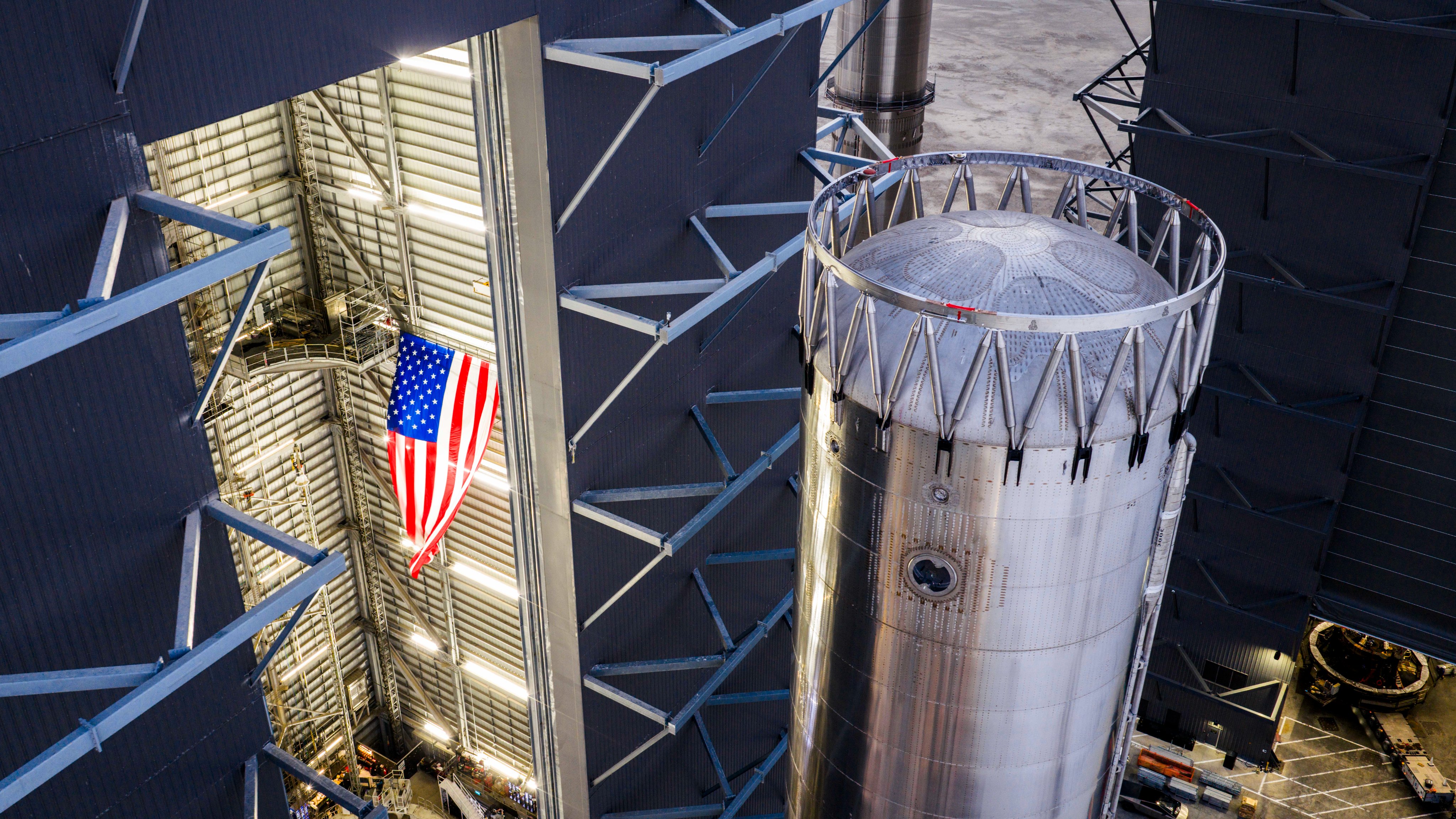SpaceX has confirmed that Booster 18, the first Super Heavy V3 prototype, suffered an anomaly yesterday during a gas-system pressure test at its Starbase test facility. According to the company, the incident occurred before any engines or propellant were installed — a controlled test using inert gases — and was followed by a careful site lockdown.
In their statement, SpaceX made it clear that no one was hurt: “No one was injured as we maintain a safe distance for personnel during this type of testing. The site remains clear and we are working plans to safely reenter the site.” The anomaly struck during pre-proof testing, a stage when the booster’s structural integrity and internal systems are validated under pressure.
Early analysis suggests that the lower portion of the liquid-oxygen (LOX) tank may have suffered a structural failure. Observers and analysts point to possible COPV (composite overwrapped pressure vessel) rupture as a trigger, sending a gas cloud flaring from the booster’s base and distorting its shell. The exact cause — whether a material defect, weld issue, or a pressure control fault — is still under investigation.
This incident represents a setback for SpaceX’s Starship V3 program, which is counting on these next-gen Super Heavy boosters to be more robust, reusable, and efficient. As noted by program analysts, a failure at this test stage could delay future booster production and block-3 mission schedules.But it’s also part of the iterative engineering process: testing to failure early reduces risk later, and SpaceX has built its culture around embracing anomalies, learning quickly, and rebuilding stronger.
Going forward, engineers will take time to fully understand what went wrong. They’ll likely disassemble parts of Booster 18, run material tests, verify weld quality, and re-evaluate their gas-pressurization system design. Until they’re confident in the root cause, further structural proof tests and the next planned cryogenic testing will be on hold.












Leave a comment